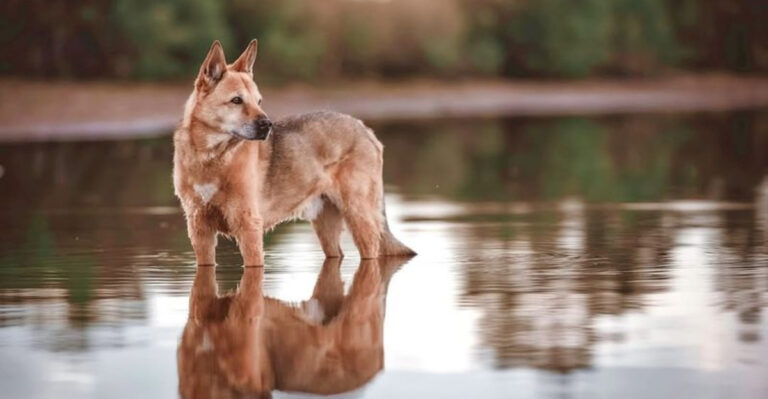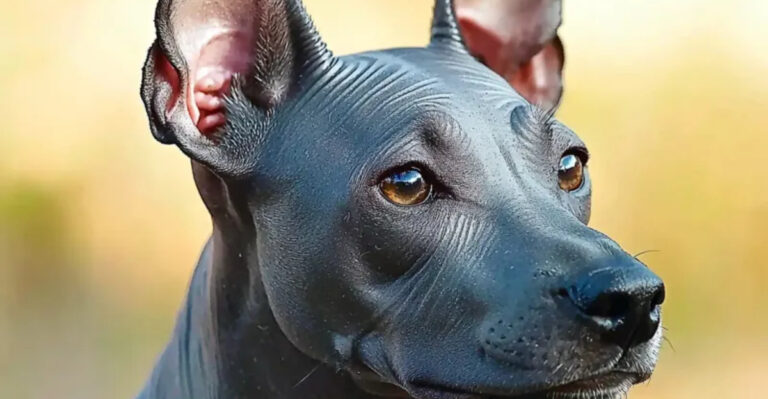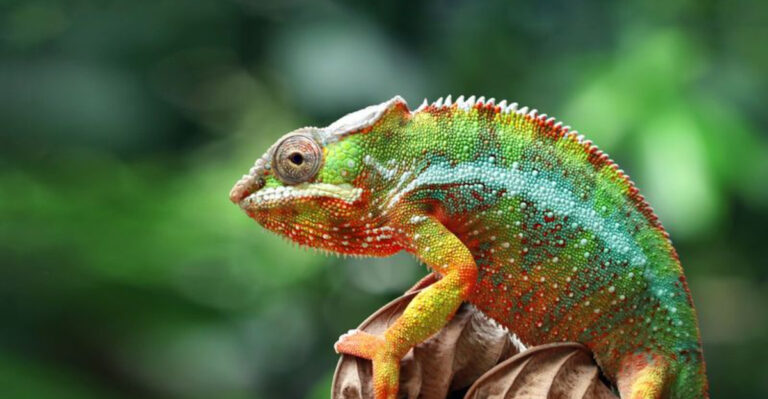How Do Birds Recognize Their Own Species?
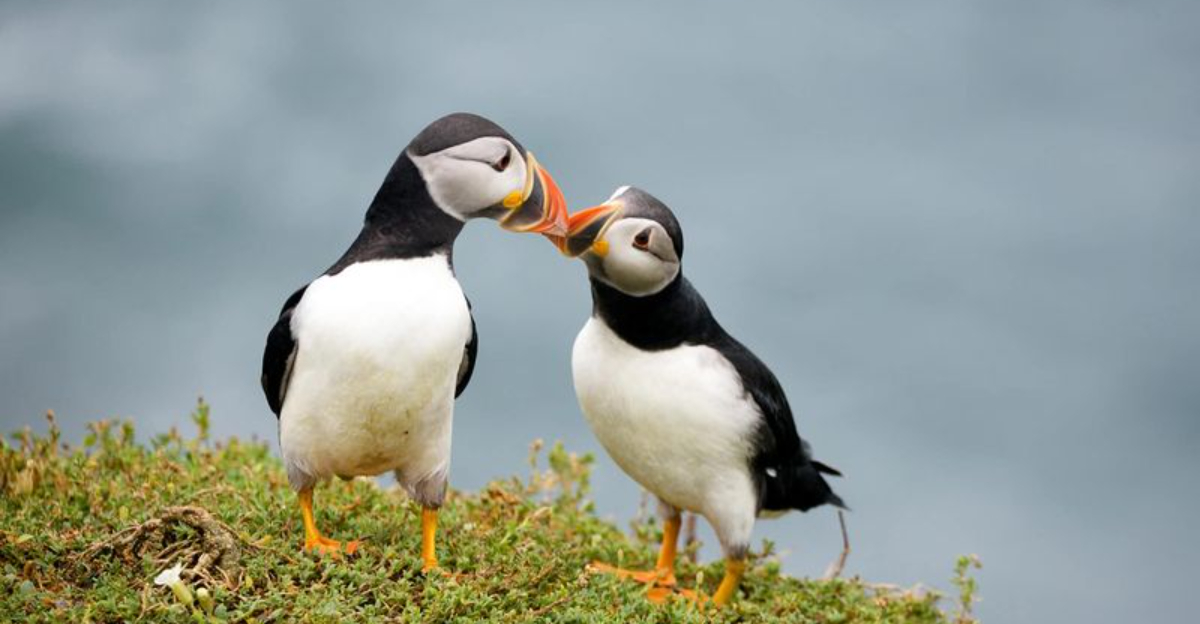
Ever wondered how birds instantly know who’s part of their flock? In the bustling bird world, recognizing your own kind isn’t just about making friends—it’s crucial for finding mates and staying safe.
From songs that serve as secret handshakes to feather patterns as unique as fingerprints, our feathered friends have amazing ways to spot their relatives in a crowded sky.
1. Distinctive Songs And Calls
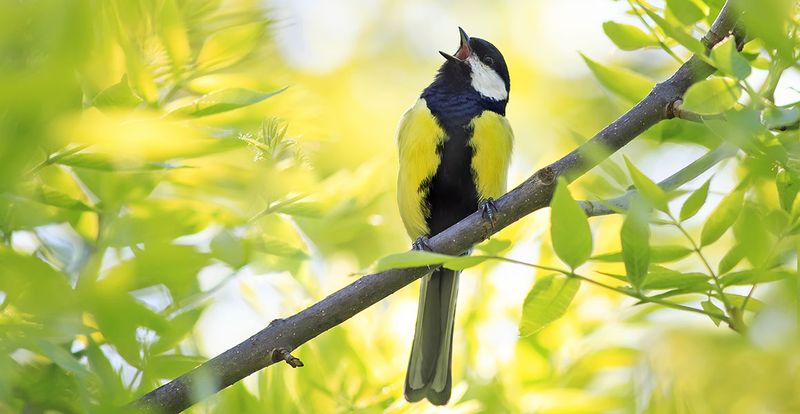
Melody serves as a bird’s signature greeting card. Each species has evolved unique vocal patterns that act like passwords to their exclusive club.
Baby birds learn these songs during critical development periods, similar to how we learn language. The male cardinal’s whistle or the chickadee’s call works like a name tag in the forest, instantly identifying who belongs where.
2. Colorful Plumage Patterns
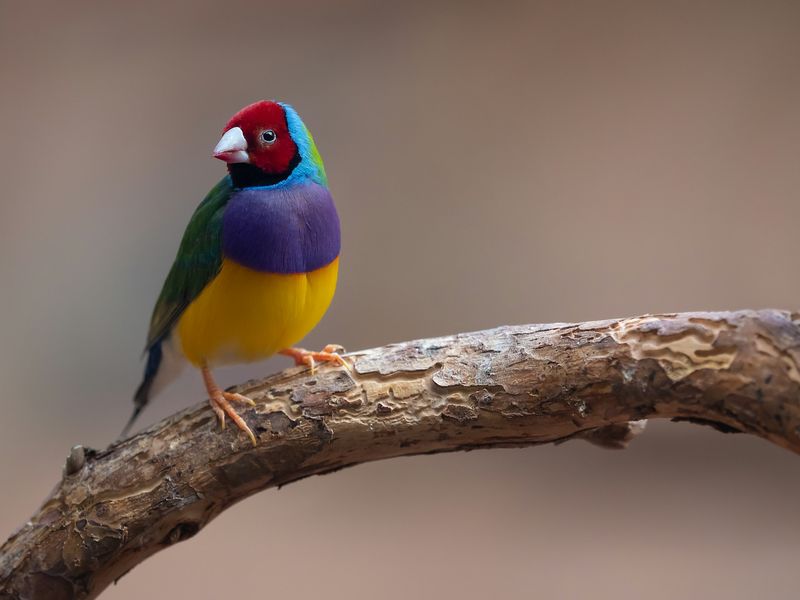
Nature’s paintbrush gives each bird species its own color code. The bright red of a cardinal or blue jay’s vivid patterns aren’t just for show—they’re identity markers.
When birds spot these familiar colors and patterns, their brains light up with recognition. It’s like seeing someone wearing your team’s jersey in a crowd—you instantly know they’re one of yours!
3. Unique Body Shapes And Sizes
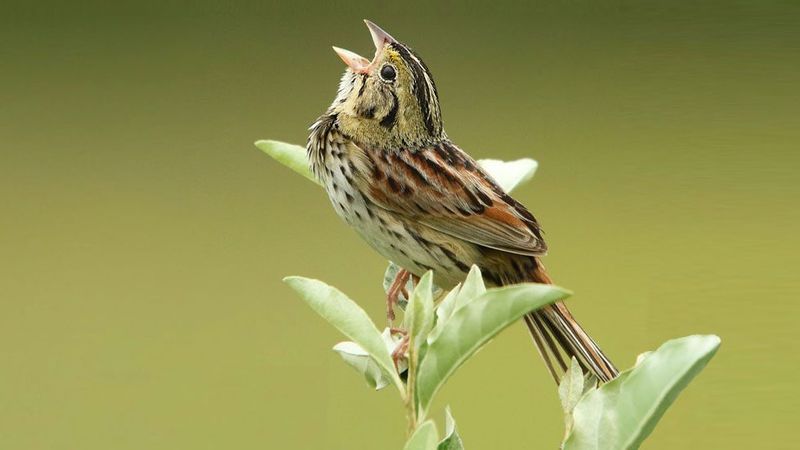
Just like you can tell a basketball player from a gymnast, birds recognize their own kind by body shape. The swooping wings of a swallow look nothing like a woodpecker’s sturdy frame.
Even in silhouette against the sky, birds can identify who’s who. Their brains are wired to notice these subtle differences in proportions, from beak length to tail shape, helping them spot their relatives instantly.
4. Special Flight Patterns
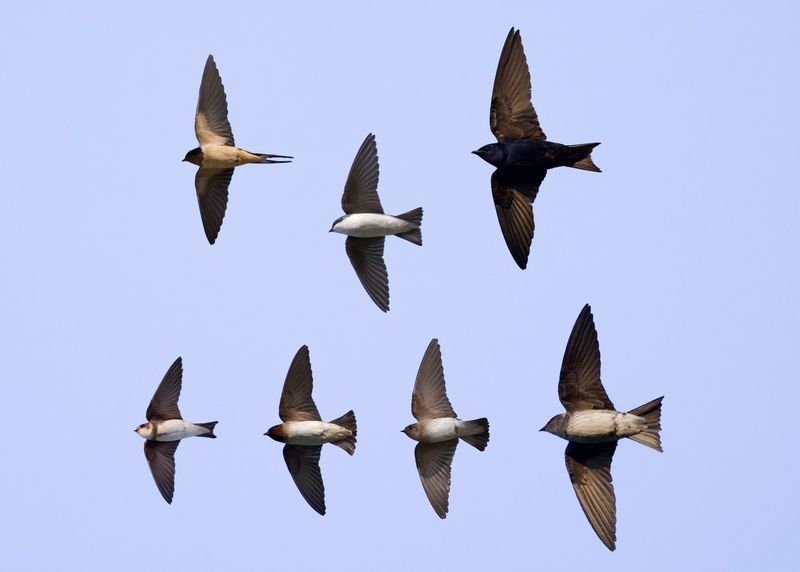
Watch closely and you’ll notice each bird species flies with its own style. Woodpeckers bounce through the air while hummingbirds hover with precision.
These aerial signatures help birds recognize their own kind even from far away. When a flock of starlings swirls in perfect unison, they’re not just showing off—they’re following movement patterns unique to their species that others simply can’t replicate.
5. Scent Recognition
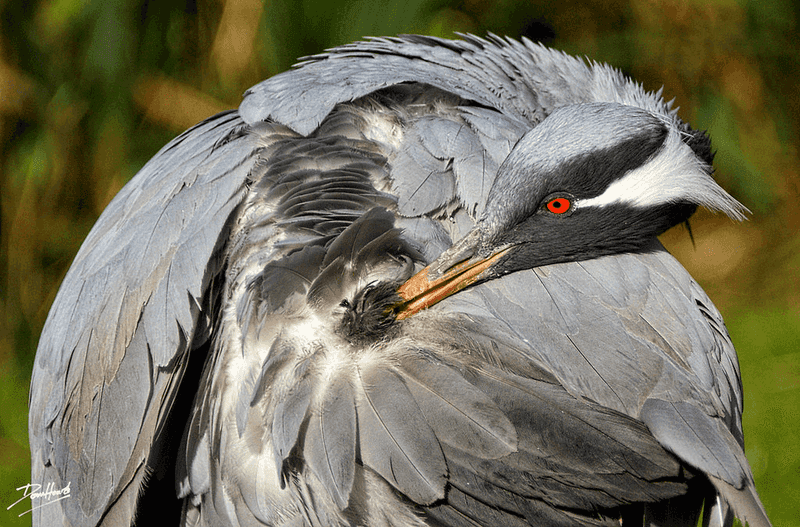
The bird world has its own invisible perfume counter! Many species have special oil glands that create unique scents marking their identity.
Though humans can’t detect these subtle aromas, birds have surprisingly good noses for their size. Petrels and other seabirds use scent like a homing beacon, following familiar smells to find their colony and distinguish family members from strangers.
6. Behavioral Rituals

Fancy dances and quirky movements serve as secret handshakes in the bird community. Male birds of paradise perform elaborate routines that only females of their species fully appreciate.
These behavioral rituals work like passwords—if you don’t know the right moves, you’re clearly not part of the club! Even simple actions like how a bird lands on a branch can signal to others whether they’re looking at a relative or stranger.
7. Facial Recognition
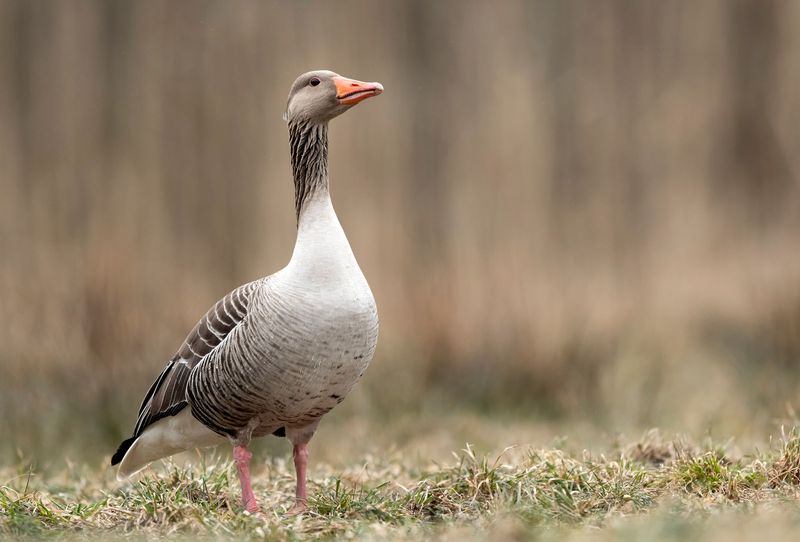
Surprisingly, many birds have facial recognition abilities that rival humans! Crows can remember specific human faces for years, and they apply similar skills to identify their feathered relatives.
The unique patterns around eyes, beaks, and head feathers create a bird’s facial “fingerprint.” Species like penguins use these visual cues to find their mates and chicks among thousands of look-alikes in crowded colonies.
8. Nest Architecture
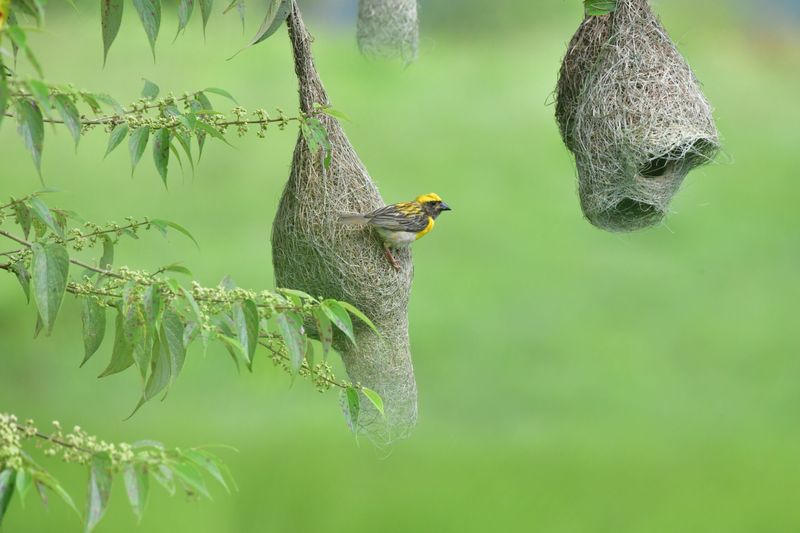
Each bird species builds homes with signature style—from the hanging pouches of orioles to the mud structures of swallows. These architectural choices help birds identify their community.
Young birds imprint on their birth nest’s design, later recognizing similar structures as signs of their own kind. It’s like spotting houses from your hometown—the familiar construction instantly signals who might live inside.
9. Hatching Synchronization
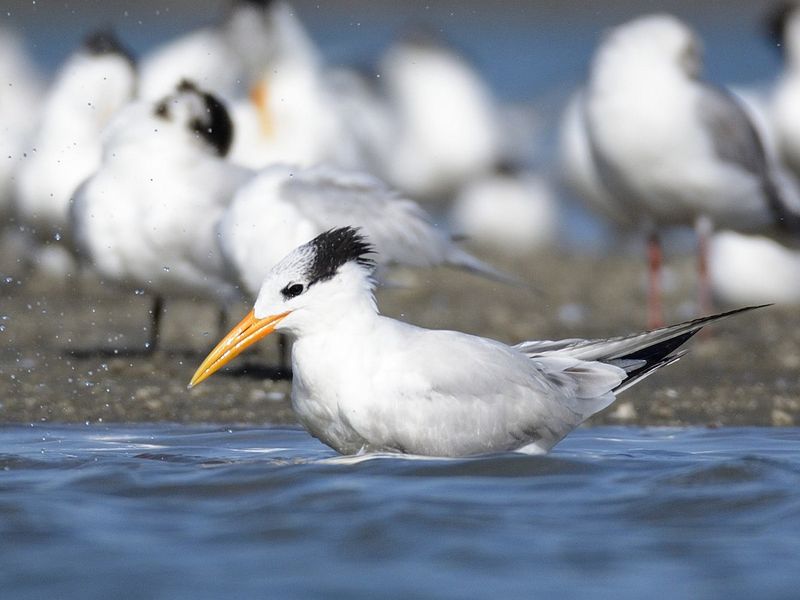
Timing is everything! Many species coordinate their breeding seasons so precisely that it becomes a recognition tool—if you’re hatching at the exact same time, you’re probably family.
Colonial nesters like terns arrive at breeding grounds within days of each other. This natural calendar helps birds recognize potential mates from their species while avoiding mixups with similar-looking birds that breed at different times.
10. Imprinting From Birth

The first faces baby birds see become their template for “my kind.” This powerful process called imprinting happens during a critical window after hatching.
Ducklings famously imprint on whatever moves nearby—usually mama duck, but occasionally a patient scientist or even a household pet! This early programming creates a lifelong recognition system that helps birds identify potential mates and flock members of their own species.

